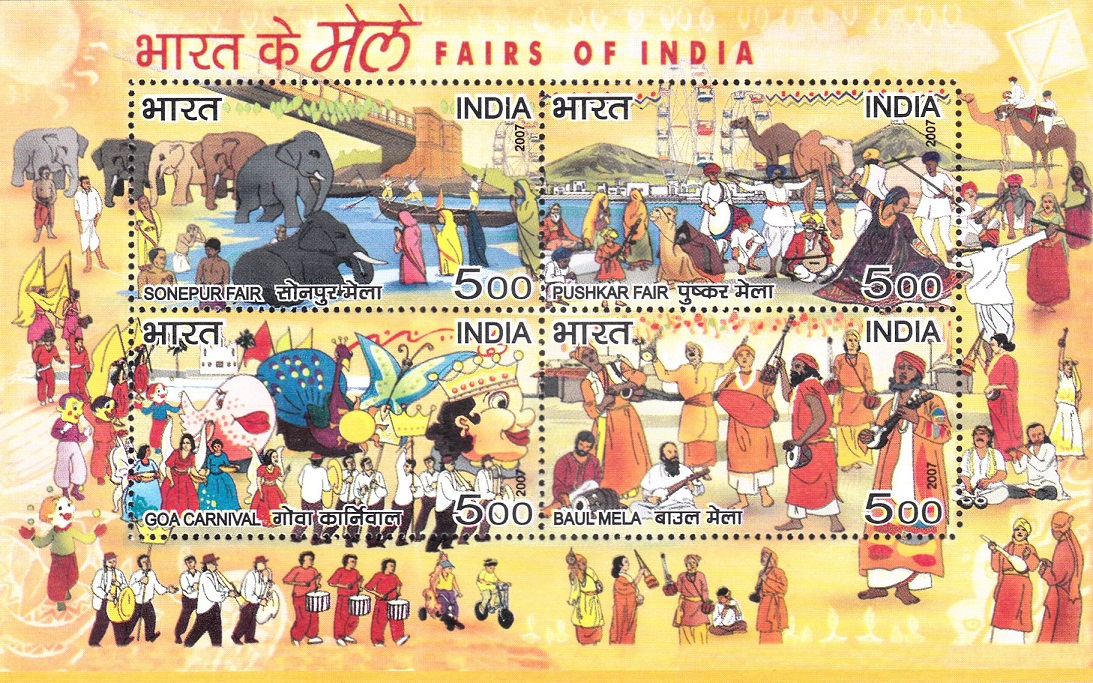
Fairs of India 2007
A Miniature Sheet consisting of 4 nos of commemorative postage stamps on the Indian Fairs : Carnival in Goa, Pushkar Camel Fair, Sonpur Cattle Fair and Baul Mela :
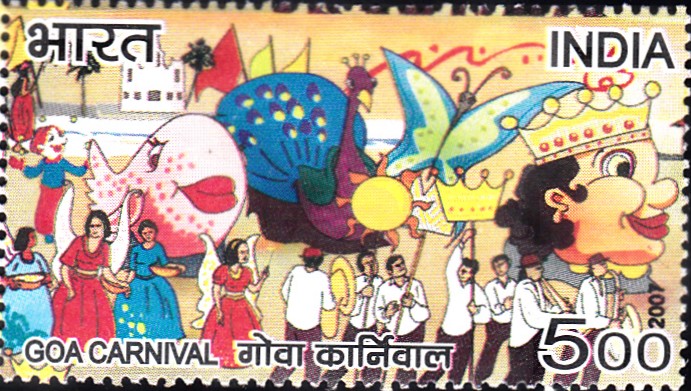
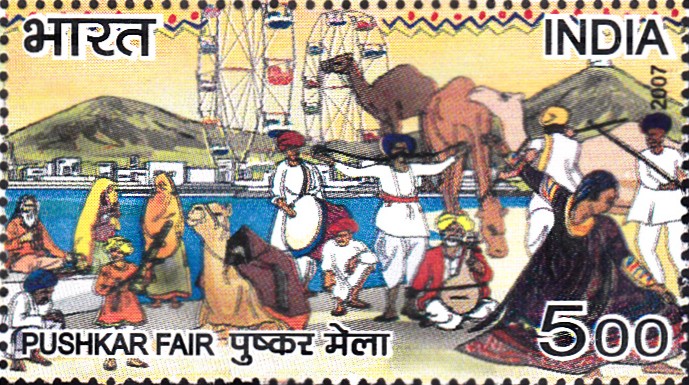
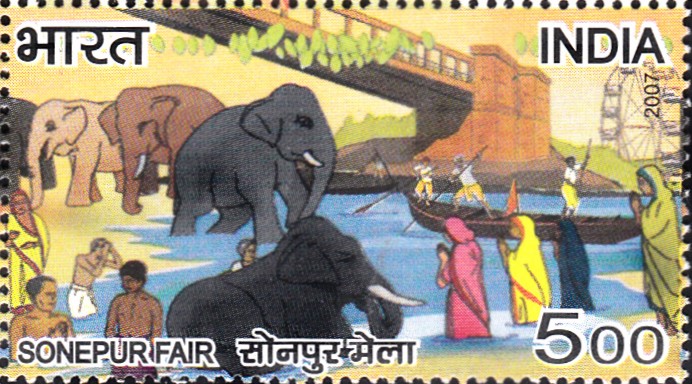
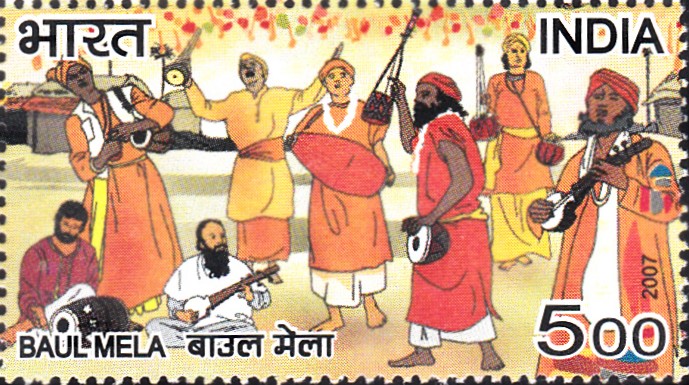
 Issued by India
Issued by India
Issued on Feb 27, 2007
Issued for : In bringing out a set of four commemorative stamps on the “Fairs of India” the Department of Posts celebrates the unique character of each, while also celebrating the rich variety of our country’s socio-cultural heritage.
Credits :
Stamp & FDC : Kamleshwar Singh
Cancellation : Alka Sharma
Type : Miniature Sheet, Mint Condition
Colour : Multicolour
Denomination : 500 Paise each
Stamps Printed : 0.8 Million each
Miniature Sheet : 0.4 Million
Printing Process : Wet–Offset
Printer : Security Printing Press, Hyderabad
About :
- India has a very rich tradition of ‘Melas’ or fairs, many dating back to times long ago and drawing crowds of people from far and near. A focal point of socio-economic activities of the region, the fairs are vibrant and colourful spectacles, presenting a kaleidoscopic panorama of sight and sound. Steeped in local tradition, each fair has its own unique flavour, its own significance and history.
- Through a set of four stamps on ‘Fairs of India‘, India Post showcases the spectacular variety of melas held in different parts of the country.
- The Goa Carnival is one of the most famous of these, a three-day riotous festival of music and dance, laughter and fun. The origin of this celebration can be traced back to the early years of Portuguese colonization of the state and, over the years, the carnival has emerged as an intrinsic part of the Goan cultural scene. Held in mid-February, every year, the three-day extravaganza starts with a mammoth procession of floats, of a variegated pageantry of colour and gaiety, headed by King Momo on the evening of ‘Fat Saturday‘. This is followed by a host of cultural events and competitions, with enthusiastic participation of locals and tourists who flock to Goa for the carnival.
- At the other end of the cultural spectrum is the Pushkar mela. Held annually during the Hindu month of Kartika (October-November), this is one of the largest cattle fairs in the world. Though dealing primarily with camels, a lot of other cattle such as horses, donkeys, bulls etc. are also bought and sold, after being beautified, raced, and paraded on the sands this small lake-side town, near Ajmer in Rajasthan. The fair represents an extraordinary melding of commerce and devotion, as Sadhus (holy men) and devotees, musicians and folk dancers, acrobats and other entertainers, along with traders and tourists descend on the town in hordes. Camping in tents outside the town, the rural folk congregate to take a holy dip in the sacred lake next to the temple consecrated to Lord Brahma, the only one of its kind in the world.
- The Sonepur fair in Bihar is also supposed to be one of Asia‘s largest cattle fairs specializing in the sale of elephants. Sonepur is situated at the confluence of the holy rivers Ganga and Gandak, about 40 kms from Patna, and has been a center for the animal trade since the fourth century B.C. Chandragupta Maurya, the great Indian emperor who ruled the country from Pataliputra (now Patna) in those days is said to have bought elephants and horses for his army from Sonepur. Other animals traded at Sonepur include cattle, dogs, birds, and even monkeys. A holy bath at the confluence of the holy rivers, and a visit to the Hariharnath temple situated here are the other attractions that draw thousands of devotees here on the Kartika Purnima day, apart from the normal mela entertainment like jugglers and folk shows, and stall selling foodstuffs and all manner of things.
- The Baul festivals of West Bengal provide a study in contrast. Their itinerant life-style, religious philosophy, poetical compositions, and musical style was brought into prominence through the writings of Rabindranath Tagore. The Bauls have been using the melas or fairs since time immemorial, to spread their message of universal brotherhood and love among the rural people. While a number of such melas are held in different parts of Birbhum District of West Bengal throughout the year, the two best-known ones are the Jaydev–Kenduli Mela, and the Poush Mela at Santiniketan. While the Poush Mela has become a major tourist destination, the Jayadeva–Kenduli Mela better retains its original flavour, serving as a meeting place for the Bauls to come together and share their oral tradition of spiritual songs and music.


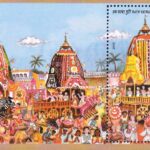
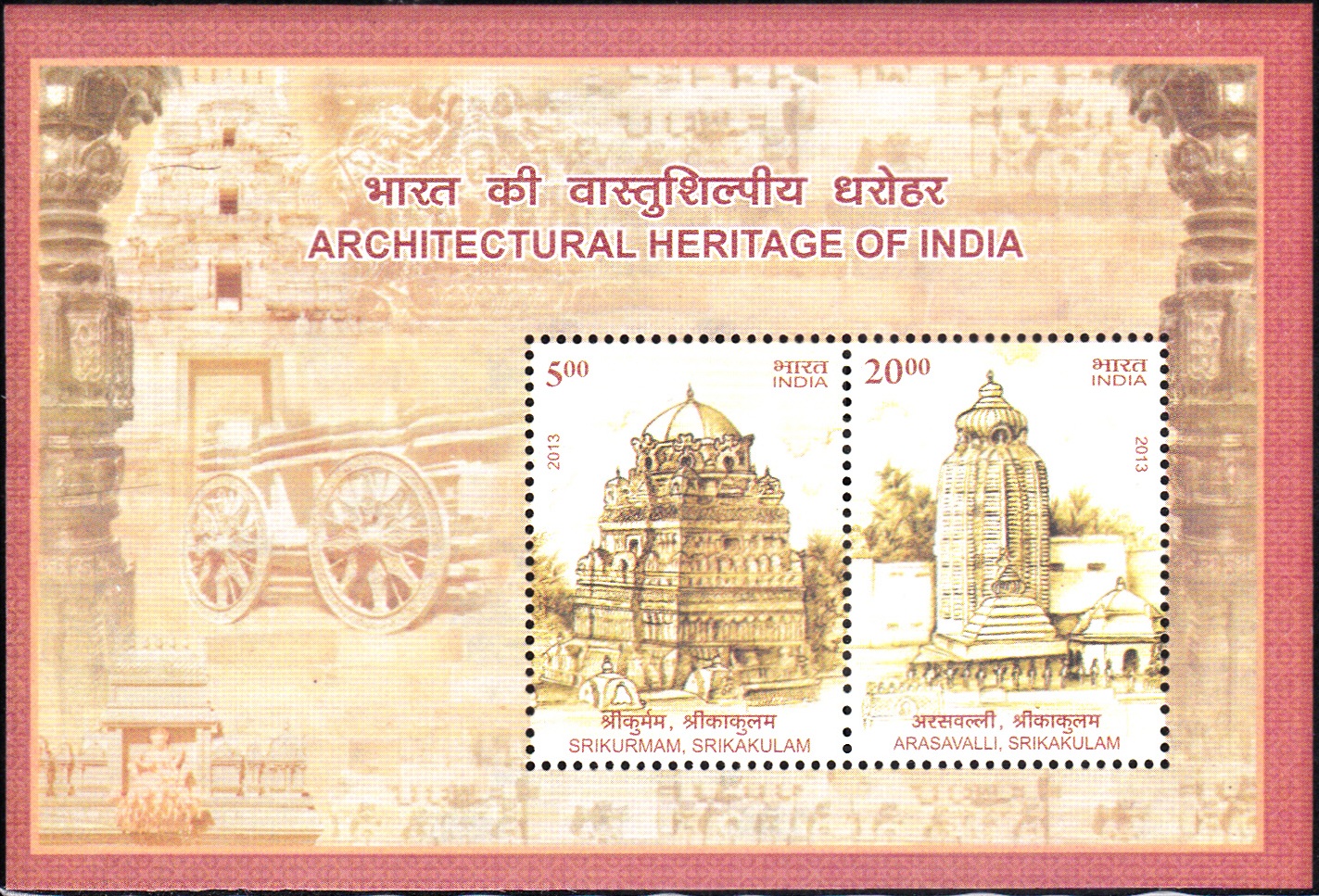

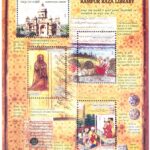
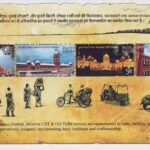
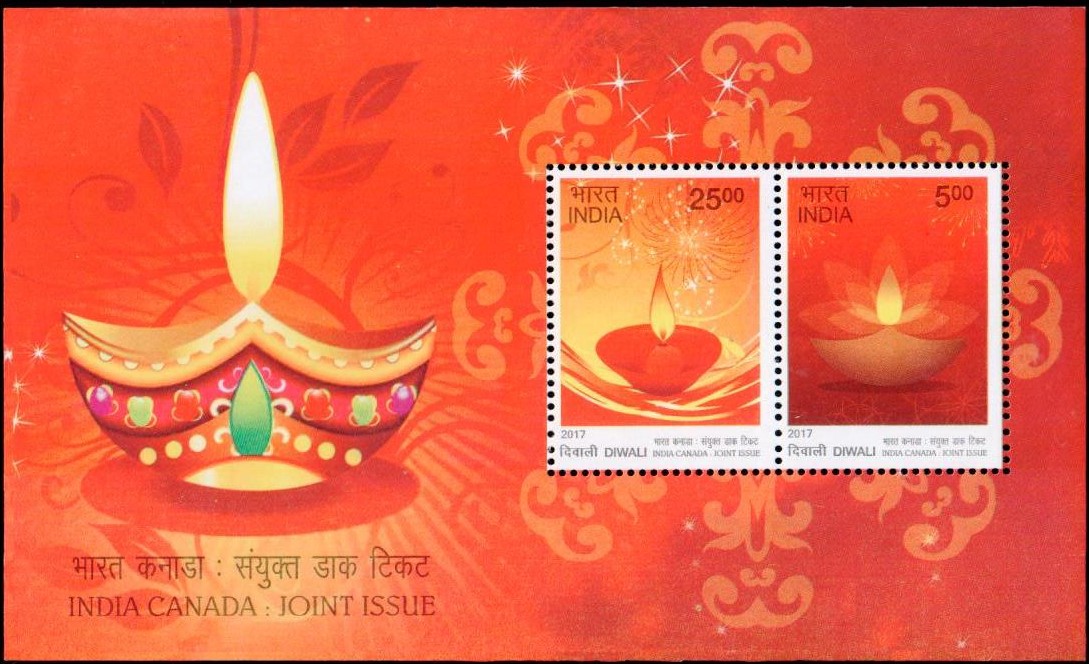
[…] The split bamboo is manipulated to produce variations in tone. It is a common instrument in Baul music from Bengal and used by Bauls and mendicants of Odisha and neighboring regions as a drone […]